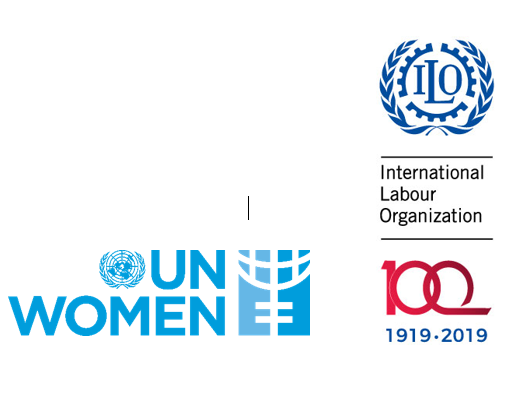Although significant progress has been made in legal reforms to prevent and prohibit all forms of violence against women, including sexual harassment in anti-discrimination, civil and/or criminal law, many countries across the world still have no legislation preventing and protecting against sexual harassment. Based on 2018 World Bank data from 189 countries, 59 do not have legislation on the sexual harassment in employment (World Bank, 2018, p.20).
Emerging good practice approaches in national legislation[1] suggest that legislation should contain the following:
- Recognise the right of all workers, including women, to work in an environment that is free from violence and harassment.
- Provide access to remedies and support for victims, and appropriate sanctions against perpetrators.
- Ensure that enforcement and monitoring mechanisms are accessible and effective.
- Prohibit mandatory arbitration clauses relating to sexual harassment complaints.
- Provide legal protection for complainants of violence and harassment in the world of work, as well as bystanders, witnesses and whistleblowers, particularly to avoid victimization and retaliation.
- Ensure that workers in non-standard forms of employment are protected against violence and harassment, including sexual harassment.
- Include the presence of sexual harassment policies and procedures as a requirement for bidders in public tendering procedures.
- Require the adoption and implementation of a comprehensive violence and harassment prevention strategy.
- Foster the active participation of actors in the world of work, to prevent violence and harassment in the workplace, including through the development of policies on sexual harassment and the establishment of internal complaint and investigation procedures.
- Adopt measures aiming to support the implementation of legislation on violence and harassment, such as carrying out awareness-raising amongst the general public; and guidance, education and training for social partners, judges, labour inspectors, police officers and other public officials
[1] For further information about good practice approaches to legislation see: UN Women (2010) Handbook for Legislation on Violence against Women. New York, UN Women. See also: UN Women Virtual Knowledge Centre Guidance on Legislation: http://www.endvawnow.org/en/modules/view/8-legislation.html#6.
